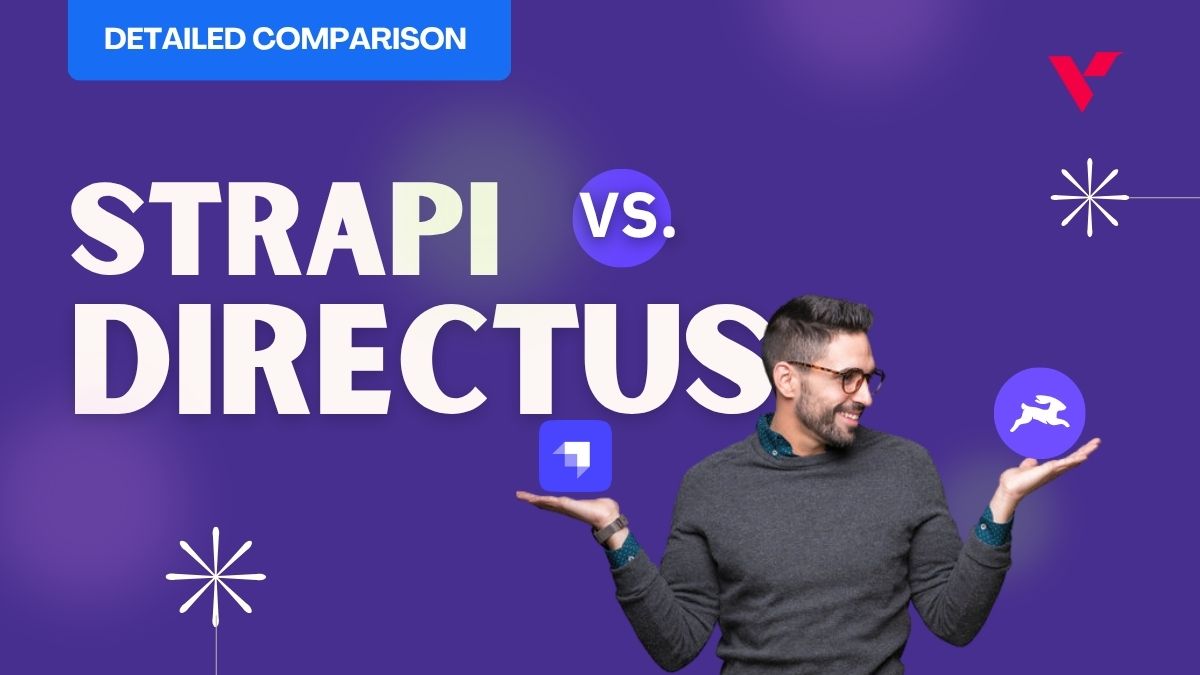It is a curious topic, it seems, to talk about transforming businesses into brands. It implies there is something more valuable in being a brand than being a business. Is it true? Is being a brand more valuable?
The short of it is, yes, being perceived as a brand is more valuable and offers long-term benefits than merely being known as a business.
But what’s the ‘long’ of it?
Table of Contents
Brand vs. Business
A business is merely an entity that offers some goods or services. For all intents and purposes, it is a soulless entity, devoid of a voice or character, and focused on its bottom line. Customers may buy from a business but they don’t form ‘emotional attachments’ to it. Those are reserved for brands.
Brands are, essentially, ‘perceptions’ that are carefully cultivated by marketers and strategists, which encourage customers to associate certain emotions and personality characteristics to businesses. Successful branding makes us think of Nike as someone or something strong and passionate who challenges regressive norms; it’s why we consider Coca-Cola as fun, friendly, and a great sport, and why when we think of Apple, we think of innovation, future, and creativity.
But do these emotional attachments mean anything?
Do they help gain more customers, increase profits? Yes. When you know how to brand successfully, you don’t gain customers, you gain followers. Followers are more loyal than customers. They become defendants of the brand, its voice, and its extension. Consider the example of Elon Musk – the cool, creative genius and entrepreneur who’s passionate about inventing brilliant products and machines that are out to save the world.
In 2013, when his company, Tesla, gained a lot of bad publicity after several of its cars caught on fire, Musk wrote a passionate blog post defending the company’s machines and being completely transparent in what he had to say. His followers (customers) repaid his passion and honesty by making Tesla’s Model S the most popular and best-selling electric car in 2015 and 2016.
Importance of Branding for Small Businesses
Branding is ever more important for small businesses than large enterprises. Benefits of branding are proportionally more for small businesses with limited budgets than the ones with abundant investments and cash-flow.
Strategic design and being digitally active are the two most vital tools in your marketing arsenal that can transform you from an SMB to a successful and thriving brand.
Below, we will talk about strategies and steps that you can plan and execute to make this transformation a success.
Digital Transformation:
It is a simple approach of transforming offline business strategies into practices that can be carried out digitally too, essentially carving out a streamlined digital space for the brand. If done correctly, a brand’s offline and online strategies complement each other and create a cohesive business plan.
For most businesses, it should not be an all-or-nothing approach. In most cases, digital transformations are a multi-year approach, with most critical changes being carried out right away and budgets being allocated for future changes.
To make the digital transformation successful for your brand, you need to be proactive and not look at your competition for pointers. Let your future goals and challenges guide your digital transformation.
The following are some of the tested and proven digital strategies that work for small businesses’ digital transformation by converting them into successful online and offline brands.
Digital Transformation Strategies:
1. Your Brand Logo and Other Visuals
The logo is the most powerful identifier of a brand. In digital space, a brand logo becomes even more important for a small business trying to build its branding strategy. It becomes your identifier, setting you apart from others in your industry, and if your logo design is strategic and representative of a far-reaching goal, people can form associations with it and understand the brand message you’re conveying through it.
To update your business logo for digital space, it needs to be resized (to fit various digital platform specifications), touched-up, and in some cases, completely re-imagined. In addition to your logo, you may also need to update other brand visuals, such as your brand colors, business card design, and think of templates and themes for your digital posts, both website and social media.
2. Consult an Expert
If the above deliverables sound like a lot to you, don’t feel overwhelmed; you’re not alone. Several SMBs – 33% – shy away from going digital since they don’t know how to do it and do not have the budget to hire dedicated IT/digital marketers.
The good news is, there are numerous design and marketing agencies offering consultation services that will take care of your digital transformation as well as digital marketing needs in return for a fee. How much that fee is going to be can depend on a lot of factors but negotiations often take place. So you’re bound to find a digital marketing service that will help you launch your online presence complete with utmost design and digital sophistication.
3. Design a Website
For small businesses, investing in a website can be the difference between success and failure. A website is your digital store that is always open. It’s working and serving your customers even when you’re sleeping, vacationing, or visiting friends and family. It works tirelessly and smartly. It gives you important data, lets you build leads, and sure, its cost can be a lot for your small business’ budget, but the benefits far outweigh any expense.
Strategic website design is your brand’s extension, always on-brand, and communicating your brand message from every page, through every point of interaction, and present in your website colors, fonts, layout, and even navigation.
4. Invest In Google Ads
The next step after creating your website is to tell people about it and invest in measures that make online traffic searching for what you’re selling come to you and not your competitor. These measures include organic search engine optimization, paid ads, and similar digital marketing strategies. The digital marketing that will give you the highest return on your investment is Google ads. According to statistics, for every dollar spent on Google ads, businesses make an average of $2 in revenue. 64% of consumers, who are on the internet looking to buy something, will click on a Google ad to make that purchase.
This further proves that investing in a Google ad campaign can give you a higher ROI than any other paid digital marketing measure.
5. Create A Blog
To augment your digital transformation, think of more ways to reach your customers. Blogging is still one of the most successful ways to keep your audience engaged, gain access to new customers, and retain the existing ones.
It establishes you as a voice of authority in your industry, helps you connect with your audience in a more relevant fashion by allowing you to cover your product and service areas in more creative ways. For example, a fashion brand hosting a blog that talks about the latest trends, features how-to pieces, and covers the latest fashion news will become of more value and relevance to its target market than an online store that’s just focused on selling.
6. Set Up Company Social Media Profiles
Once you’ve established your website, have launched a well-thought-out ad campaign, and are also regularly writing your blogs, it’s time to join the space where all the conversation is taking place: social media.
For millennial and Gen-Z consumers – the largest section of the consumer market – social media platforms are their second homes. To engage with them, you must be present where they are. According to 82% of marketers handling small businesses, social media is of the greatest importance to their businesses.
So, do some data mining and prioritize the social media channels where most of your target market is hanging out. Then following what the data says, set up your social media profiles. The most popular social media channels for most market segments are Facebook, YouTube, Instagram, and Twitter. Each one’s target demographic is different and each one is used for different purposes by its audience.
Facebook is for lengthy discussions and extended conversations, for example, while Instagram is more visual with its audience not bothered about detailed dialogue.
Study each of the social media channels in detail so when you launch you know what kind of content will suit which kind of platform the most. It will help you be more strategic in your content marketing which is all that matters.
7. Start Email Marketing
To make the most of your digital transformation and solidify your brand message, you must use email marketing to reach parts of your target market that you may have not approached before.
According to the data, 81% of small businesses successfully rely on email as their number one customer acquisition channel. 80% of SMBs use email marketing to retain their existing customers and consider it their main driver for both purposes.
You can use email marketing in more than one way to engage your customers. You can use it to send your first-time customers welcome emails, remind those who’ve left their carts abandoned, or to promote your upcoming products as well as notify your customers whenever you’re going to host your next sale.
8. Create Video Content
If you’re going to be digitally present, you may as well be digitally active. And nothing says more digitally active or alive that being a brand who posts videos regularly. Video is a powerful digital marketing tool to impact product and services sales.
As per a video marketing stats report, every day, 75 million Facebook users go on the site’s video platform to consume videos hosted there by brands and other users. For some market segments, videos are even more powerful than blogs. 65% of senior executives report visiting a website after watching a video related to it on YouTube. In fact, ‘how-to’ searches on YouTube grow by a 70% rate every year.
According to that same report, not only videos are viewed a lot but they are a huge engagement factor on Facebook. If you publish a post on Facebook accompanied by a video, it will have a higher engagement rate of 13.9% compared to that of a text-only or text + image post.
But these stats only work for videos that are optimized as per user demands. For example, customers are increasingly demanding videos to be optimized for both horizontal and vertical orientations. And Instagram has already delivered on that demand. All Insta videos can now be viewed both horizontally and vertically.
Over to you…
So there you have the long and short of what it takes to turn a small business into a successful, thriving brand. If it sounds simple to you, it’s not. If it sounds too complicated, it’s not. There’s a learning curve involved but there are experts available who can iron-out the most complex areas of it for you. And don’t forget the innumerable ‘how-to’ articles both on Google and YouTube that can potentially make you a digital marketing expert in no time.
But whether you decide to ‘swing it’ or consult an expert, start slow and keep your business goals as your long-term guide. This strategy will never fail you; instead, it has the potential to launch you as a trail-blazer who starts the trends and remains focused when others are jumping on seasonal bandwagons.
So here’s to you, making your mark. Sounds off in the comments on how it’s going so far.




















